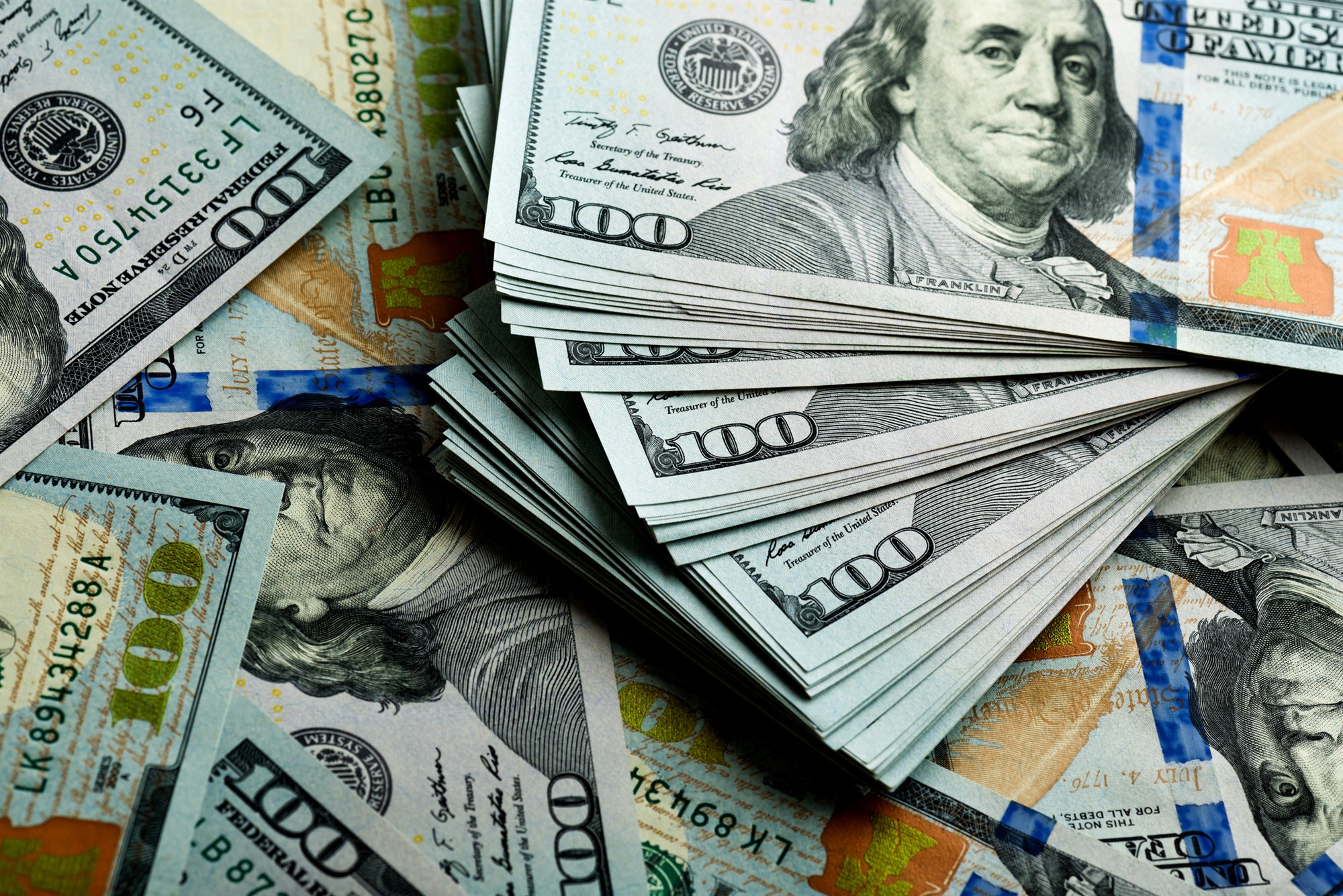
Americans have been contributing a greater share of their salaries to their 401(k) plan accounts — and that could have a substantial impact on retirement savings over time.
Savers stashed away an average 7.7 percent of pay in 2018, up from 6.8 percent just two years earlier, according to the most recent figures published by the Plan Sponsor Council of America.
That increase may not sound huge, but it can have a noticeable impact on a saver’s nest egg decades down the road.
A 35-year-old earning $60,000 a year would save an extra $85,500 by retirement age by increasing 401(k) contributions by just 1 percent, according to a Fidelity Investments estimate. A 45-year-old earning $70,000 a year would have an additional $43,000.
“It’s definitely a significant jump,” said Hattie Greenan, director of research at the Plan Sponsor Council of America.
At the same time, businesses have been raising the amount of match and profit-sharing money they share with 401(k) savers. Employers contributed an average 5.2 percent of workers’ salaries into their 401(k) accounts in 2018 (the most recent year for which data is available), up from 3.6 percent a decade earlier.
When employer and employee contributions are combined, 401(k) savers are stockpiling an average 12.9 percent of their salaries annually. Retirement experts typically recommend a total savings rate of between 10 percent and 15 percent.
The interesting thing is, employers — not the workers — appear to be the primary cause for the overall savings increase.
Sure, employees may be contributing more to their 401(k) accounts as a result of a strong economy, according to Greenan.
But a tight labor market has also helped fuel greater 401(k) contributions from employers out of a need to be more competitive, Greenan said. The current unemployment rate of 3.5 percent is the lowest level in roughly five decades.
Trends in the design of 401(k) plans have helped buoy savings, as well.





























